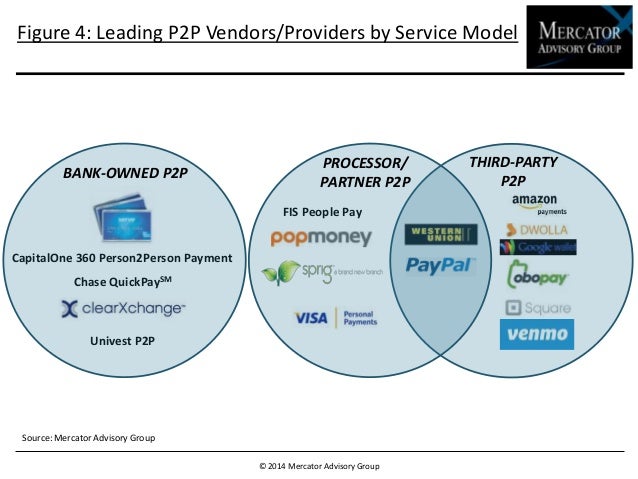Human financial advisors usually charge 1 percent of assets per year, regardless of the outcome of the investments. Until robo-advisors, the only other option was to manage accounts independently, which often underperformed the market. Robo-advisors offered a solution by being more efficient than working independently, and by being cheaper than a human advisor. The average rate robo-advisors charge is 0.15 to 0.5 percent a year, a fraction of what human advisors charge. Robo-advisors use computer algorithms from the same historical data human advisors use, and select investments based off the client’s risk profile. Deloitte Consulting predicts that within a decade robo-advisors will be managing $5 to $7 trillion. Asset management firms are creating robo-products to stay competitive.
Although robo-advisors are still making way into the market, I believe that in the near future they will replace human financial advisors. With the advancement of artificial intelligence coupled with more complicated algorithms, robo-advisors will be able to outperform human advisors. I also believe robo-advisors have the advantage of not having financial interests in the client, being able to custom-tailor to each client’s specific needs, and being useful for any time horizon. If asset management firms don’t adapt quickly enough, fintech firms will be taking over the market.
Source: The Rise of the Robo-Advisor

